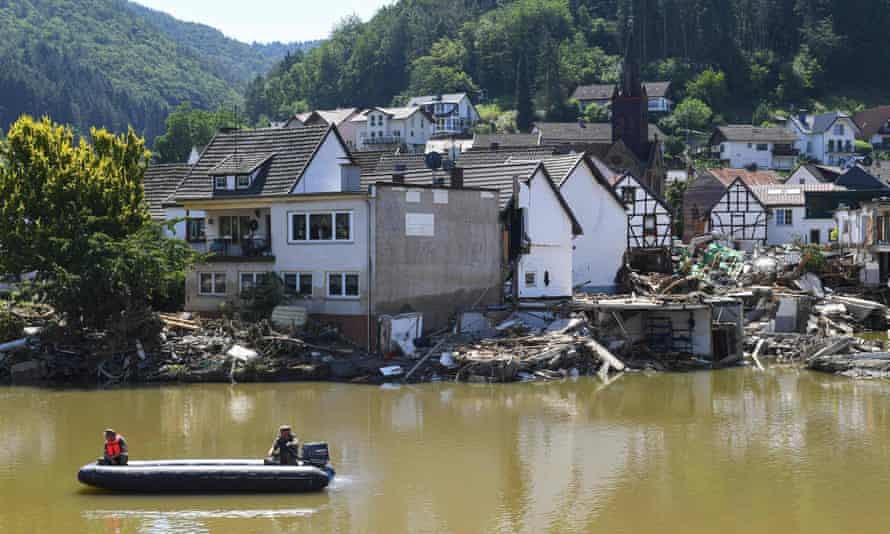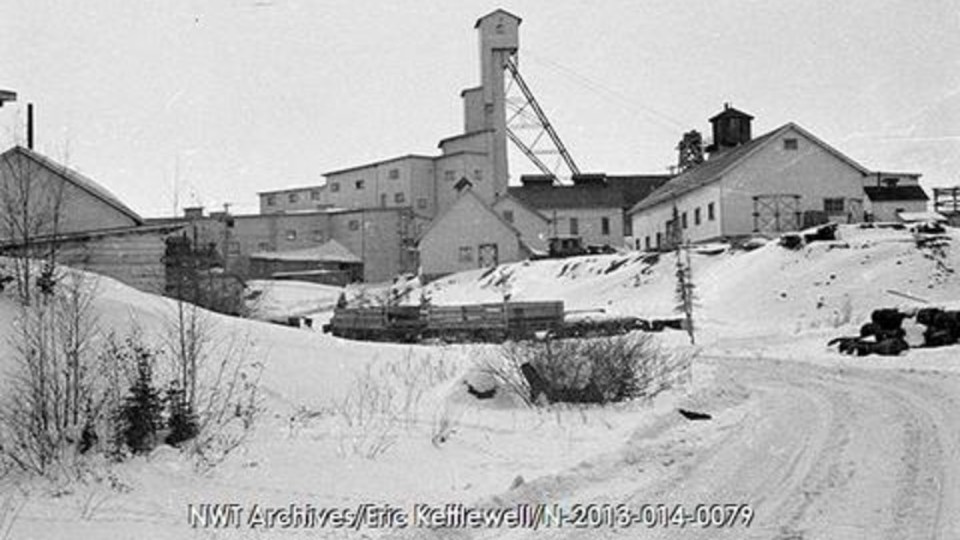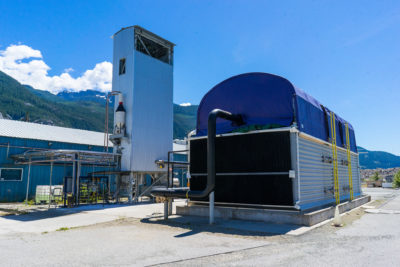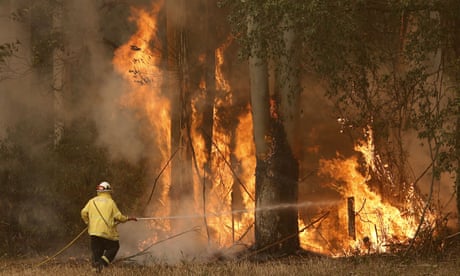The clean, green fossil fuel alternative provides cheap energy by harnessing the power of food waste
By
Allison Robicelli
Tuesday 10:21AM

It’s been such a crazy month for news that it’s hard to keep up with whatever developments each day brings. Breakfast came back to Taco Bell. Some dude shoved beans in his peen. With our brains perpetually addled by a noxious non-stop news cycle, it’s easy to forget that it was barely two weeks ago that the U.N. announced the planet is literally dying.
I know it’s hard to remember stories like that when the Girl Scouts announce a new cookie or a Dunkin’-lovin’ duck gets TikTok famous, but please, let’s try to focus on what’s important. If we can’t rein in climate change, there will be no ducks left to run on Dunkin’. So let’s take a moment to learn about another tool in the ol’ eco-arsenal that could help us save the planet: biogas.
Biogas is a fossil fuel alternative that provides cheap, clean energy by harnessing the power of... food waste. When organic materials are broken down by bacteria in in an oxygen-free environment—a process known as anaerobic digestion—it produces chemical compounds that can be used to generate heat and electricity.
How it works: organic material like food waste, lawn clippings, and dead leaves are fed into a system called an anaerobic digester, where billions of hungry bacteria gobble it up, turning it into—in technical terms—pee, poop, and farts. The resulting pee and poop are called digestate, which is often used as a natural fertilizer. The farts, or biogas, are about 50-70% methane and 30-40% carbon dioxide, with trace amounts of other gases and water vapor. Once the biogas is captured it can be used as-is as a fuel source, or it can be turned into biomethane, which can be pumped into natural gas pipelines.
Biogas may sound like a revolutionary natural solution to a modern man-made problem, but it’s not new: there’s evidence that biogas was trapped and burned to heat water in Assyria in the 10th century B.C., and in 16th-century Persia. So why are we not already biogassing it up all over the place? In an article for The Conversation, Dr. Ananya Mukherjee of the University of Surrey says one of the biggest obstacles to wide-scale adoption is “prejudice arising from poor public understanding.”
“People we spoke to [about biogas] were concerned that local digesters would produce a nasty smell, or that their industrial appearance would blight the landscape,” wrote Mukherjee. “In fact, many digesters are fairly small, and would only produce smells if the system broke down.”
Once people finally let the benefits of biogas into their hearts and minds, there’s another major stumbling block to get over: the price. Mukherjee writes that, depending on the size, digesters can cost between £12,000 and £158,000. (apx. $14,100-$21,700), and without government assistance or incentives, it’s unlikely that communities will be able to make the switch to making their own clean, green energy.
EPA Proposes Biofuel Mandate Cut In Win For Oil Refiners
The Environmental Protection Agency has proposed a retroactive reduction in biofuel mandates, effective 2020, in very welcome news to oil refiners who have been complaining of the costly mandates.
Citing two unnamed sources familiar with the proposal, Reuters reports that the document was sent to the White House to be reviewed on Thursday, adding that it will likely deepen the rift between oil refiners and biofuels producers whose interests are at complete odds in the fuel blending department.
"The proposal aims to get the (Renewable Fuel Standard) program back on track while addressing challenges stemming from decisions made under the prior administration," the EPA said in a statement as quoted by Reuters.
Earlier this month, Bloomberg quoted other unnamed sources as saying that some lawmakers had been told to brace for relatively unchanged requirements—or even a reduction in the amount of renewable fuel that must be blended, much to the ire of the corn lobby.
While the battle between refiners and corn growers is long-running one, this year, there’s a new participant: the American Bakers Association. With rising prices for agricultural commodities amid continued supply chain disruptions, the chances are high that bread and other baked goods could also become more expensive. With corn an essential agricultural commodity used widely in the baking industry, last month the ABA started lobbying the Biden administration to either reduce or at least halt the rise in biofuel mandates.
An earlier Reuters report said the EPA was expected to propose a reduction in mandates for last year and this year but an increase for 2022. This might anger corn farmers but it would bring much-needed relief to refiners who are already having to contend with lower margins as fuel demand recovery has been uneven at best. Several smaller refiners, according to Reuters, have accumulated some $1 billion in biofuel mandate credit dues since the start of the year.
By Charles Kennedy for Oilprice.com












